Authentic, crafted and diligent: meet new Japanese furniture brand Koyori
Winner of Best Seats at the Wallpaper* Design Awards 2023, Koyori stands for Japanese craft and contemporary design, with a collection of five chairs designed by Ronan and Erwan Bouroullec and GamFratesi
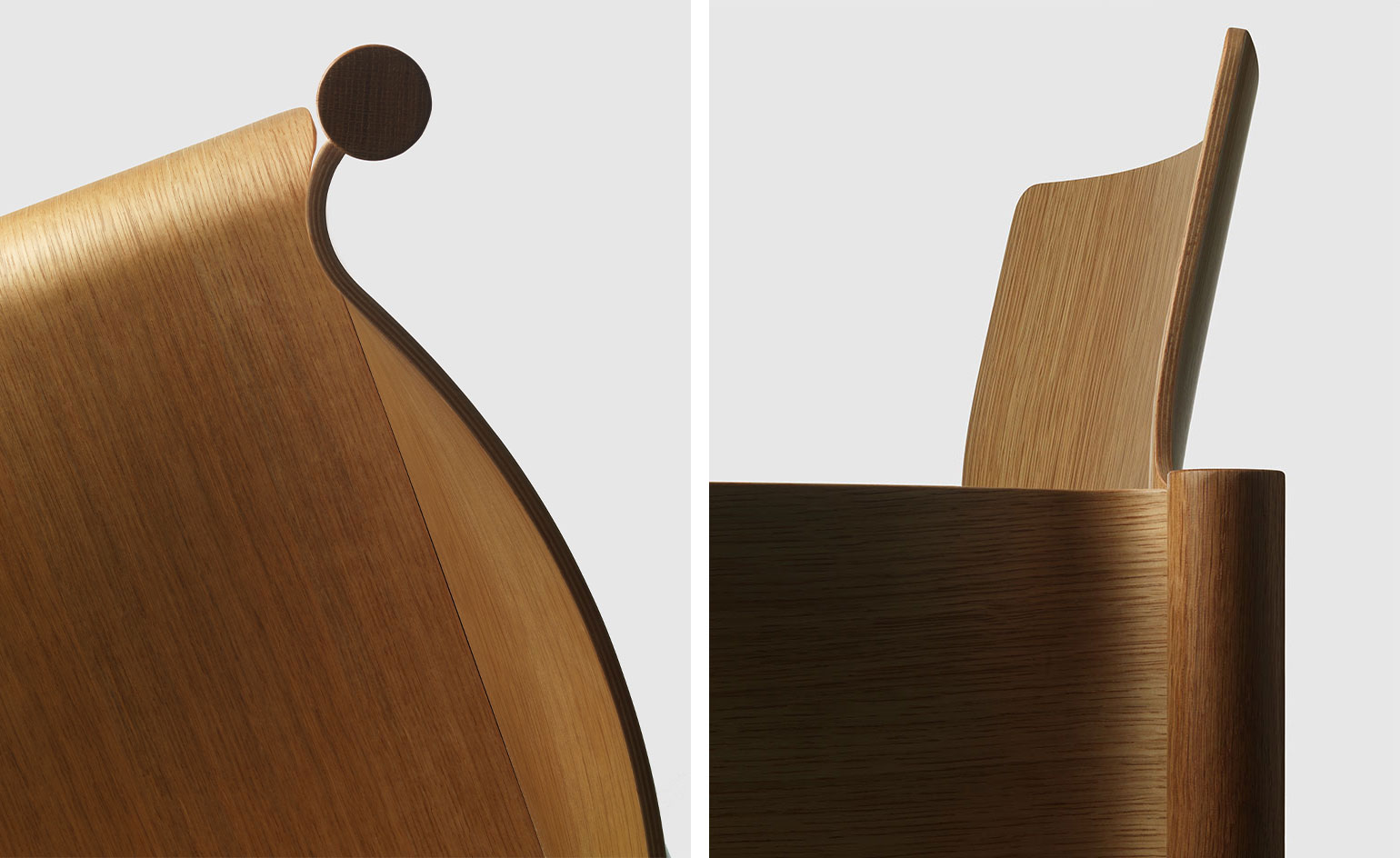
Hiroshi Iwasaki - Photography
Paid partnership with Koyori
Forget sharp edges and straight lines: instead, sweeps of oak plywood flow organically into wave-like curves, forming the backbone of a chair that is cocooning, clean-lined and comfortable.This fluidity of form defines a new chair created by brothers Ronan and Erwan Bouroullec, which blends contemporary design and a sense of beauty with Japan’s meticulous manufacturing and wood craftsmanship. The ‘Kawara’ armchair – which gently echoes the lines of Japan’s traditional curved kawara roof tiles – features in the inaugural collection of Koyori, a new Japan-based furniture and lifestyle brand, debuting in June in Milan during Milan Design Week 2022. A balance of simplicity and strength underpins its five-piece launch collection – including three chairs by the Bouroullecs, plus two by Danish-Italian design duo GamFratesi.
Koyori: a new Japanese furniture brand
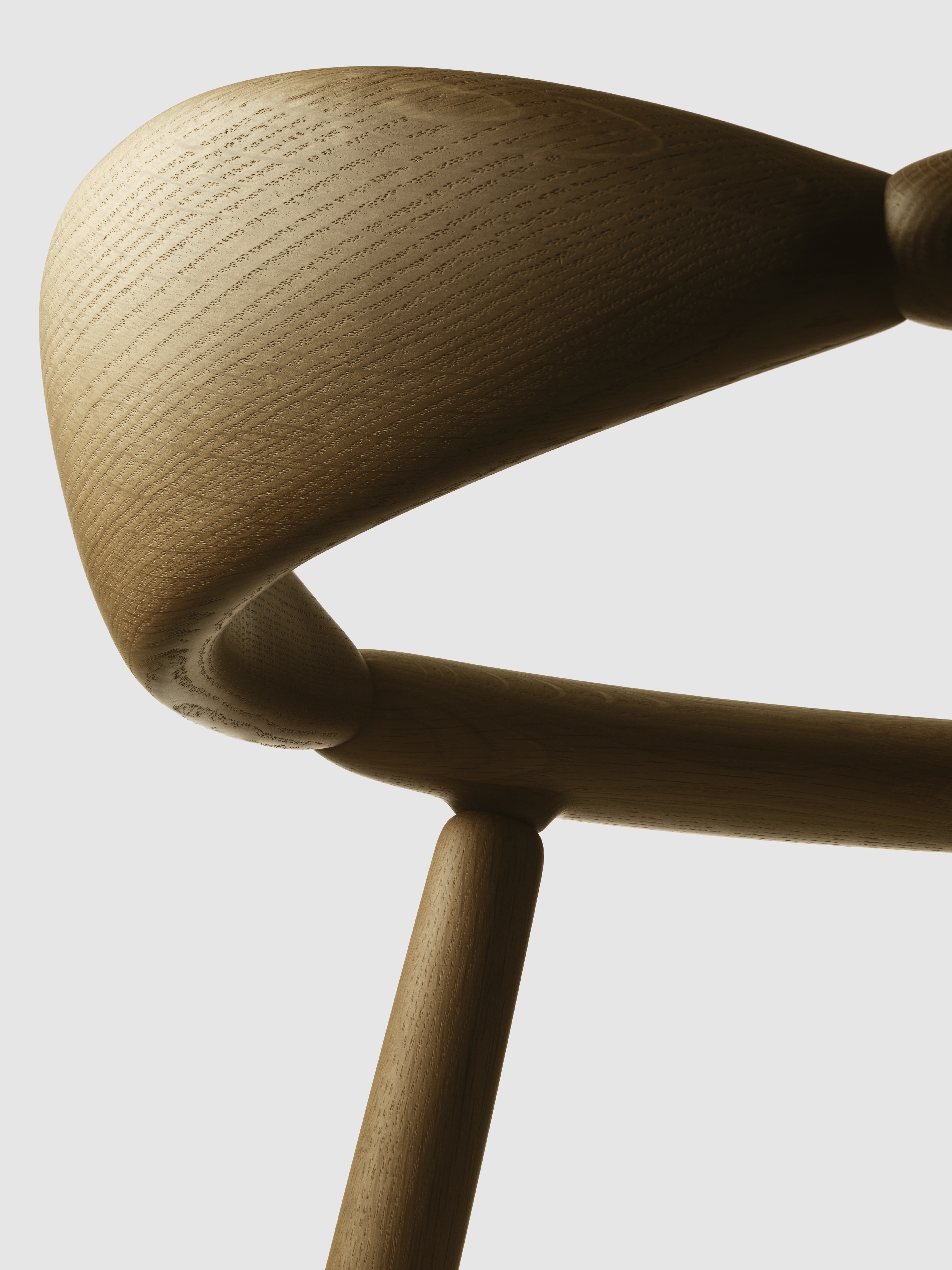
Detail of ‘Musubi’ armchair by Ronan and Erwan Bouroullec
Koyori filters Japanese aesthetics through the prism of borderless contemporary design, brought to life through the skill of notable Japanese manufacturers. Authentic, crafted and diligent are three key words that define Koyori, according to Munetoshi Koda, its executive director and a furniture industry veteran: ‘By collaborating with contemporary designers from across the globe, we aim to deliver furniture of reliable quality and interior accessories that are elegant, with designs that transcend borders.’
The essence of Koyori, whose brand identity was designed by Jasper Morrison alongside Sebastian Fehr, is even reflected in its name: Koyori refers to the twisted paper cords that are used in mizuhiki, auspicious paper strings often used in Japan for wrapping festive and ceremonial gifts. ‘A koyori is made from traditional washi paper, which is said to be the strongest paper in the world,’ adds Koda. ‘That illustrates our will to firmly connect and bond together Japanese craftsmanship and international designers.’
New chair designs by Ronan and Erwan Bouroullec
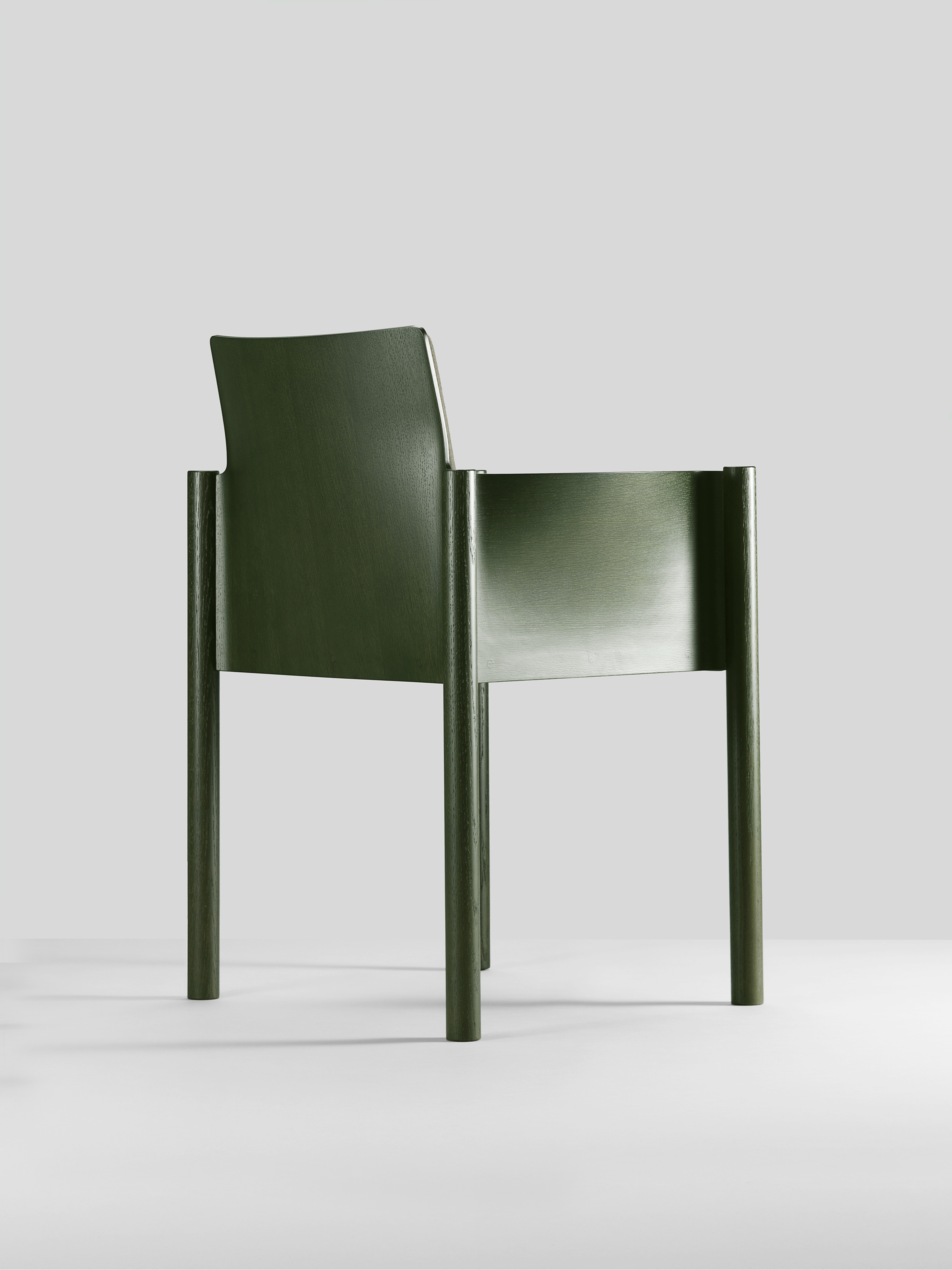
‘Kawara’ armchair by Ronan and Erwan Bouroullec
Ronan and Erwan Bouroullec were quick to accept the opportunity to work on the new Koyori brand, tapping into their passion for Japan and its unique craft-industry dynamic to create three original chairs. ‘A good chair is one that has been thoughtfully designed for a specific purpose,’ the Bouroullecs tell Wallpaper*. ‘These three chairs have a lot of details that look simple but are actually quite sophisticated. All of them are stylish in their own unique way.
‘We wanted to reveal the beauty of the wood, the beauty of the craftsmanship and the connection between them. We also wanted to showcase the extreme precision that can be found in Koyori and Japanese manufacturing. It’s a level of quality which we probably cannot find in Europe.’
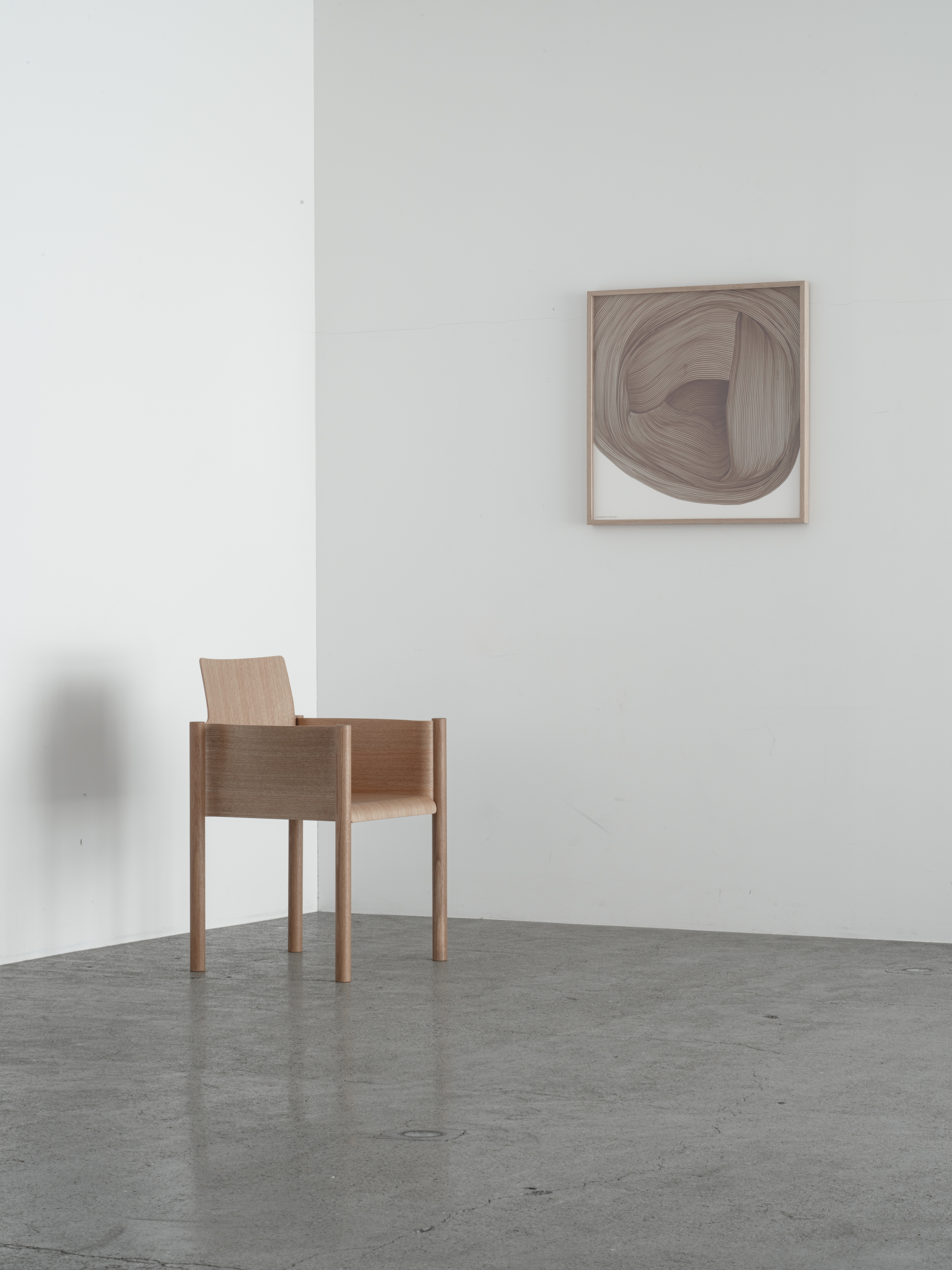
‘Kawara’ armchair by Ronan and Erwan Bouroullec
First up are the soft flowing lines of their ‘Kawara’ armchair, a simple form inspired by the idea of being cocooned in a ‘soft shell’. Its three-dimensional curves were manufactured with extreme precision, using three different plywood moulds for the backrest, armrest and seats, above solid rounded wood legs. Citing Sori Yanagi’s iconic ‘Butterfly Stool’ as inspiration, Ronan Bouroullec explains: ‘The Kawara armchair is the epitome of what plywood can express, in each element – the way it is built, the beauty of the details of the cylinder and the plywood.’
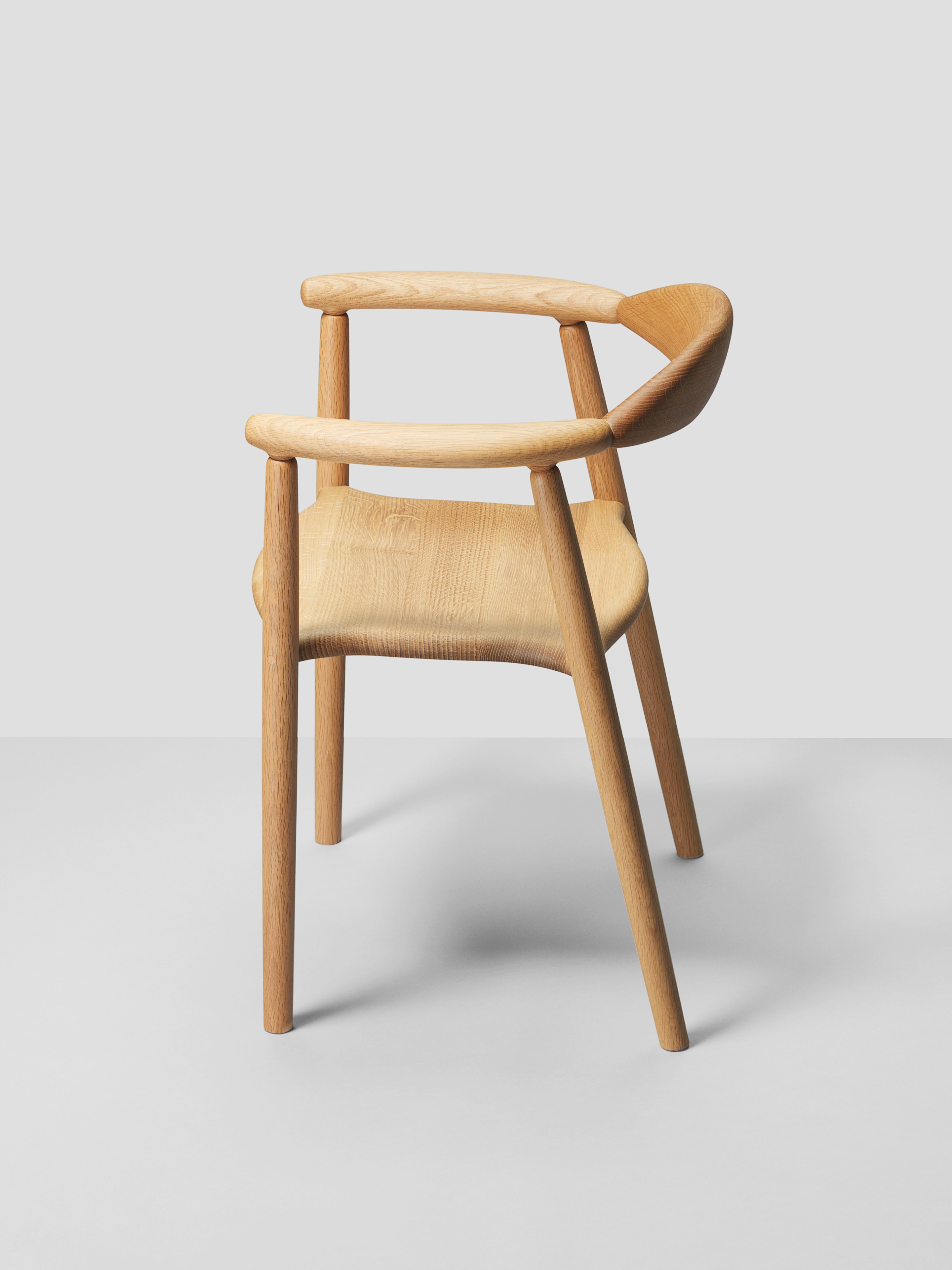
‘Musubi’ armchair by Ronan and Erwan Bouroullec
Their ‘Musubi’ armchair offers another sculptural showcase of outstanding manufacturing. Its organic armrests and backrest components, individually made through wood-bending and five-axis CNC cutting techniques, appear to float together in a light connective effect. The end result is a chair that balances a lightness of form with the tactile sensuality of its surface lines: ‘This chair is inspired by the feeling I had when I touched the arm of a “Yanagi” chair by Sori Yanagi for the very first time,’ explains Ronan. ‘It is a very sculptural chair that demonstrates what the manufacturer is able to do. My theme was to physically express the beauty, the feel, the tactile aspect of wood.’
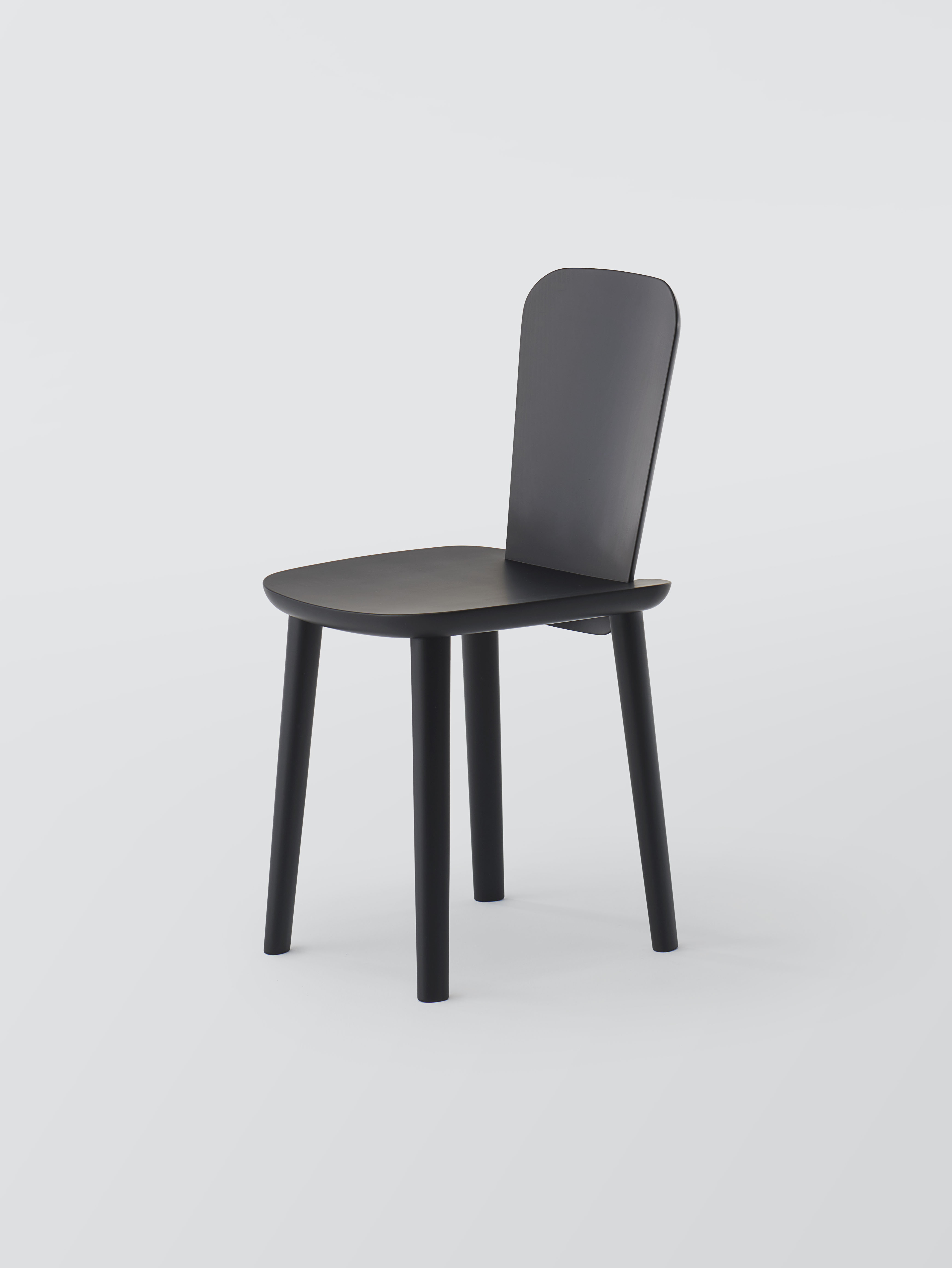
Shaku chair by Ronan and Erwan Bouroullec
Their third creation is the ‘Shaku’ chair, which is sleek and simple. The beech black finish chair has a perfectly positioned backrest emerging from the seat, the dynamism of its lines achieved through high-level processing accuracy.
GamFratesi’s designs for Koyori
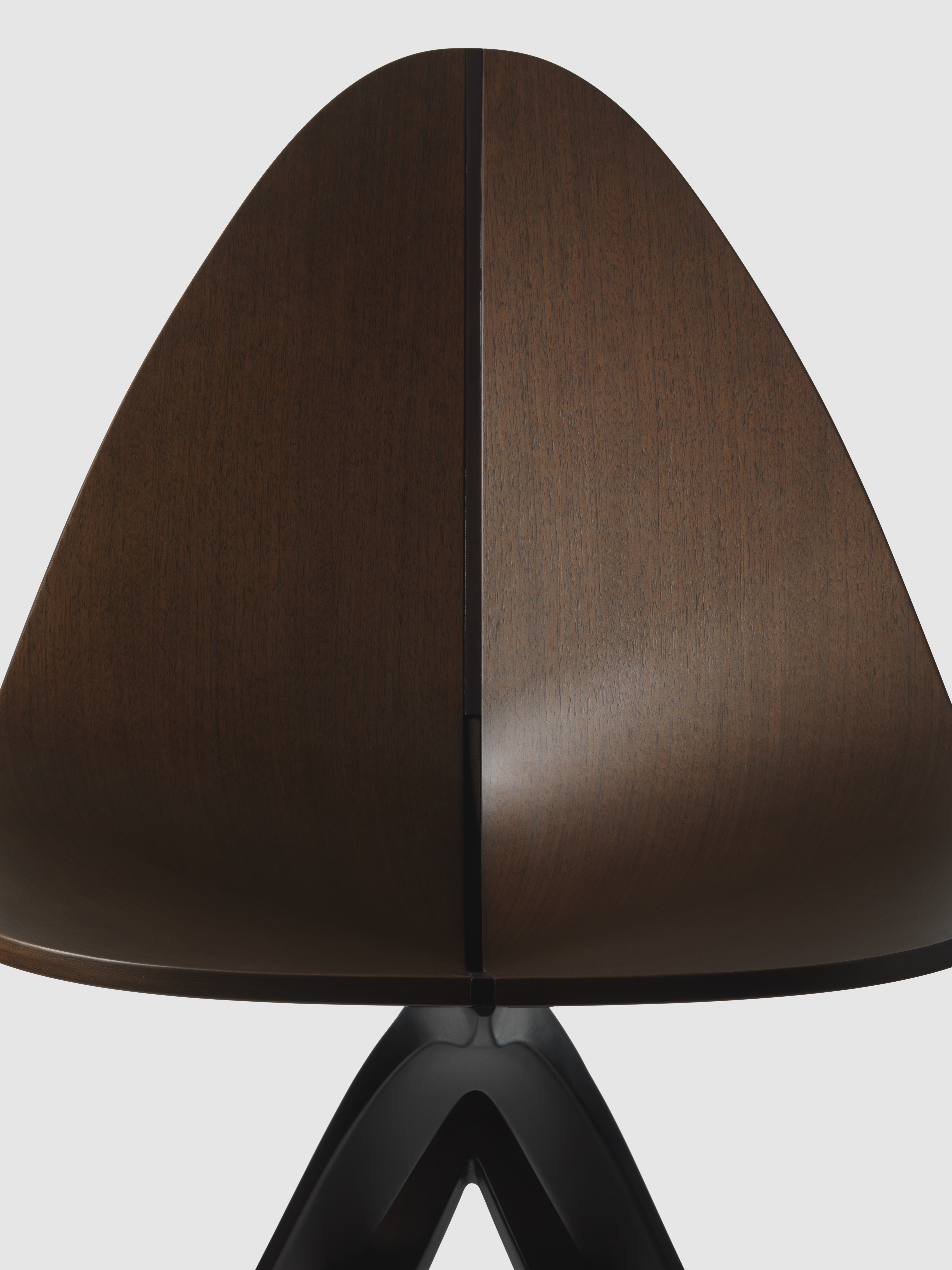
‘Edaha’ chair by GamFratesi
GamFratesi, meanwhile, hope that their collaboration with Koyori will bring a piece of Japan to an international audience. ‘We hope that in their everyday life people will feel the respect, passion, and quality radiated by the craftsmanship of the Koyori products.’
The process of creating the ‘Miau’ chair was a playful exploration of the transformative powers of wood. A light modern composition of organic forms shaped to carry the human body, the chair has arms and back sculpted from a single, jointless piece of bentwood – a line echoed in the three-dimensional curves of its seat.
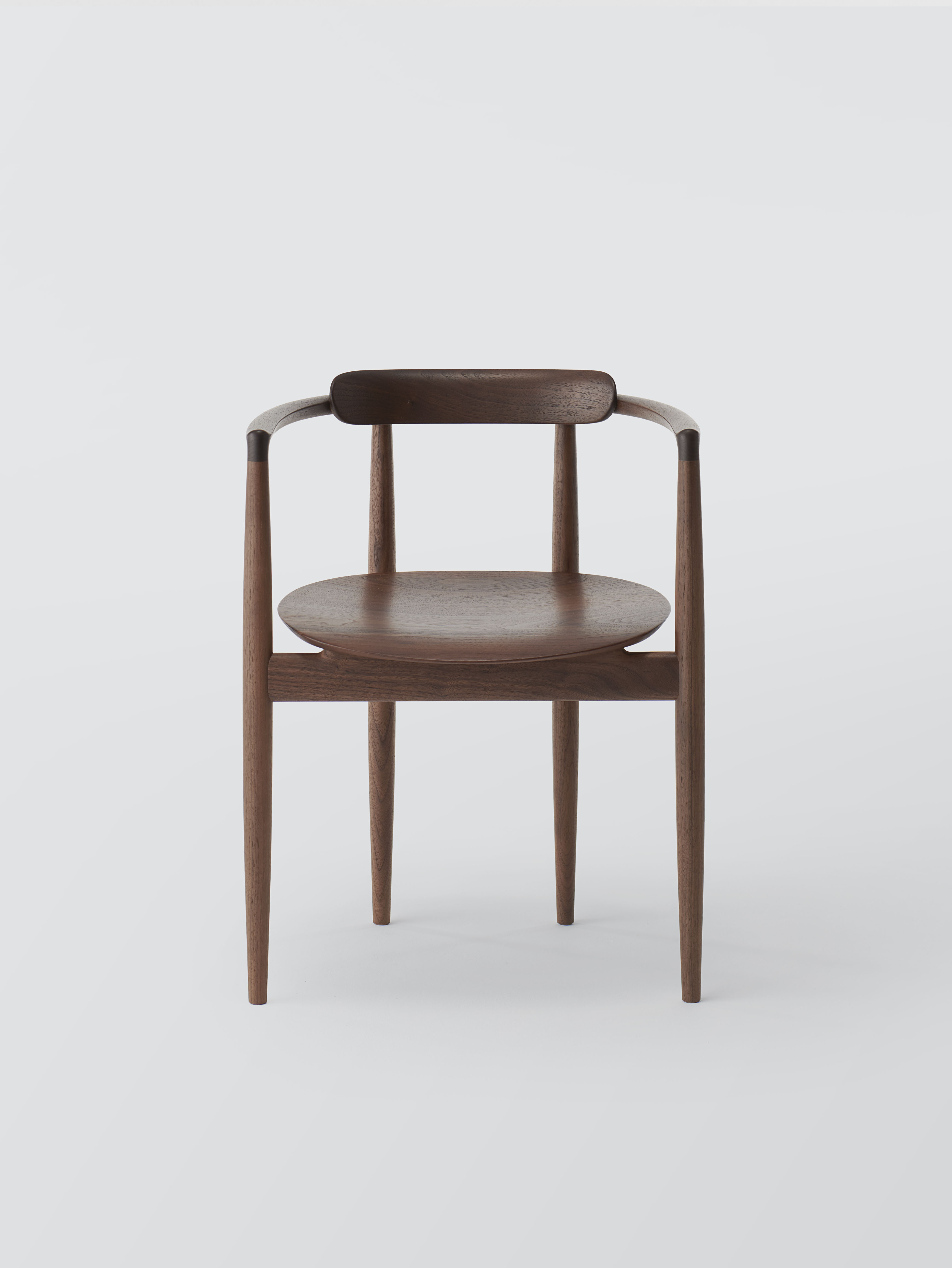
‘Miau’ armchair by GamFratesi
As GamFratesi explain: ‘One of the most important characteristics of solid wood is the ability to be transformed and shaped into something that is totally unique and responsive to the touch – a lesson that we have learned from the Danish masters, who, with great attention to detail, have created pieces of extraordinary beauty. ‘We wanted to create a humanly warm and gentle design with a feline motif. Hence, the series with minute details and in particular the armrest that invites you to be caressed and discover the beauty of this material.’
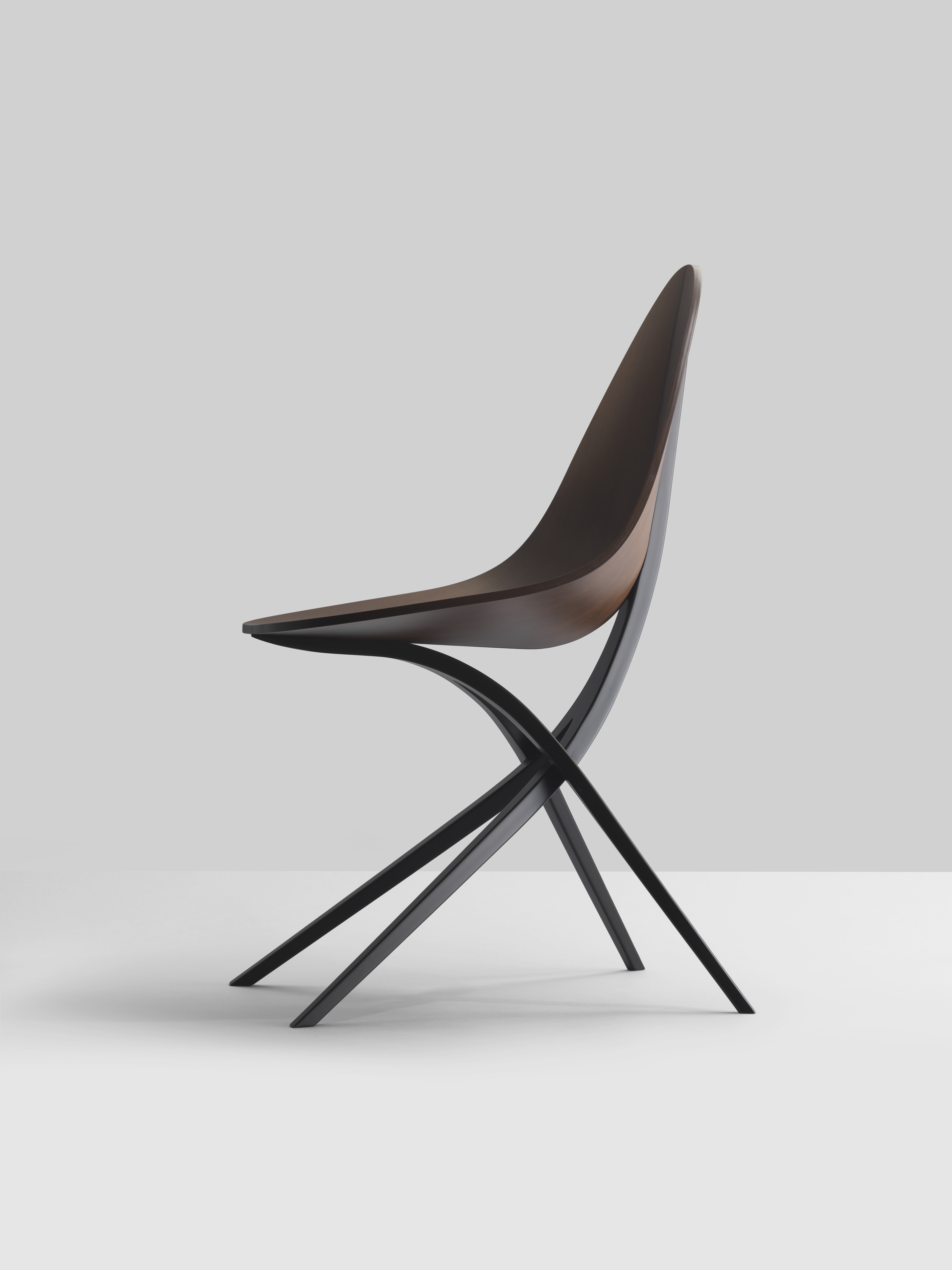
‘Edaha’ chair by GamFratesi
Their second chair is named for the Japanese word eda-ha, meaning branch and leaf, reflecting the ways in which nature is always a source of inspiration for their work. GamFratesi explain: ‘The branch (the structure) and the leaf (the veneer) were the central elements of the project. We wanted to create a structure that gently supported the suspended seat, just like a leaf on a branch. ‘It is a design entirely made with wood veneer, but with different processes and techniques to express the beauty of nature.’
Sustainability in furniture manufacturing
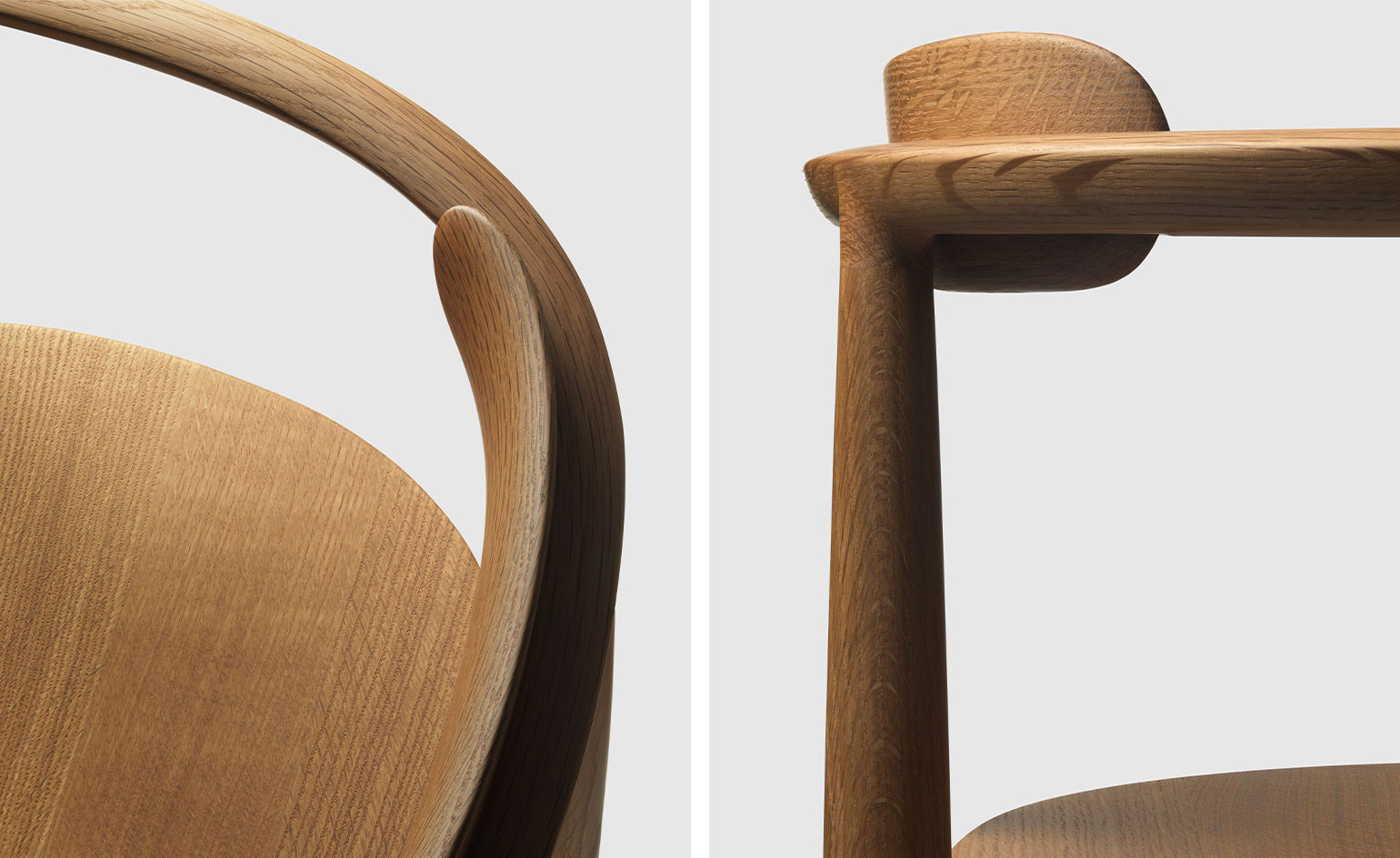
Details of ‘Miau’ armchair by GamFratesi
A focus on sustainability is another core brand value for Koyori. In an unusually transparent move for a Japanese brand, Koyori will publish the carbon footprint of the manufacturing process of each product on its website – with a view to progressively reduce it. Plus, it’s not just about chairs. Koyori plans to expand to include a range of furniture and interior accessories.
‘We are launching Koyori with wood furniture, but our goal is to become a brand that carries a variety of lifestyle products, by inviting to our creative team more Japanese manufacturers with fabulous skills and technologies,’ explains Koda.
Watch: an introduction to Koyori
INFORMATION
Koyori launches at the Triennale Milano during Milan Design Week, 3 – 12 June 2022
koyori-jp.com
Wallpaper* Newsletter
Receive our daily digest of inspiration, escapism and design stories from around the world direct to your inbox.
Danielle Demetriou is a British writer and editor who moved from London to Japan in 2007. She writes about design, architecture and culture (for newspapers, magazines and books) and lives in an old machiya townhouse in Kyoto.
Instagram - @danielleinjapan
-
 Put these emerging artists on your radar
Put these emerging artists on your radarThis crop of six new talents is poised to shake up the art world. Get to know them now
By Tianna Williams
-
 Dining at Pyrá feels like a Mediterranean kiss on both cheeks
Dining at Pyrá feels like a Mediterranean kiss on both cheeksDesigned by House of Dré, this Lonsdale Road addition dishes up an enticing fusion of Greek and Spanish cooking
By Sofia de la Cruz
-
 Creased, crumpled: S/S 2025 menswear is about clothes that have ‘lived a life’
Creased, crumpled: S/S 2025 menswear is about clothes that have ‘lived a life’The S/S 2025 menswear collections see designers embrace the creased and the crumpled, conjuring a mood of laidback languor that ran through the season – captured here by photographer Steve Harnacke and stylist Nicola Neri for Wallpaper*
By Jack Moss
-
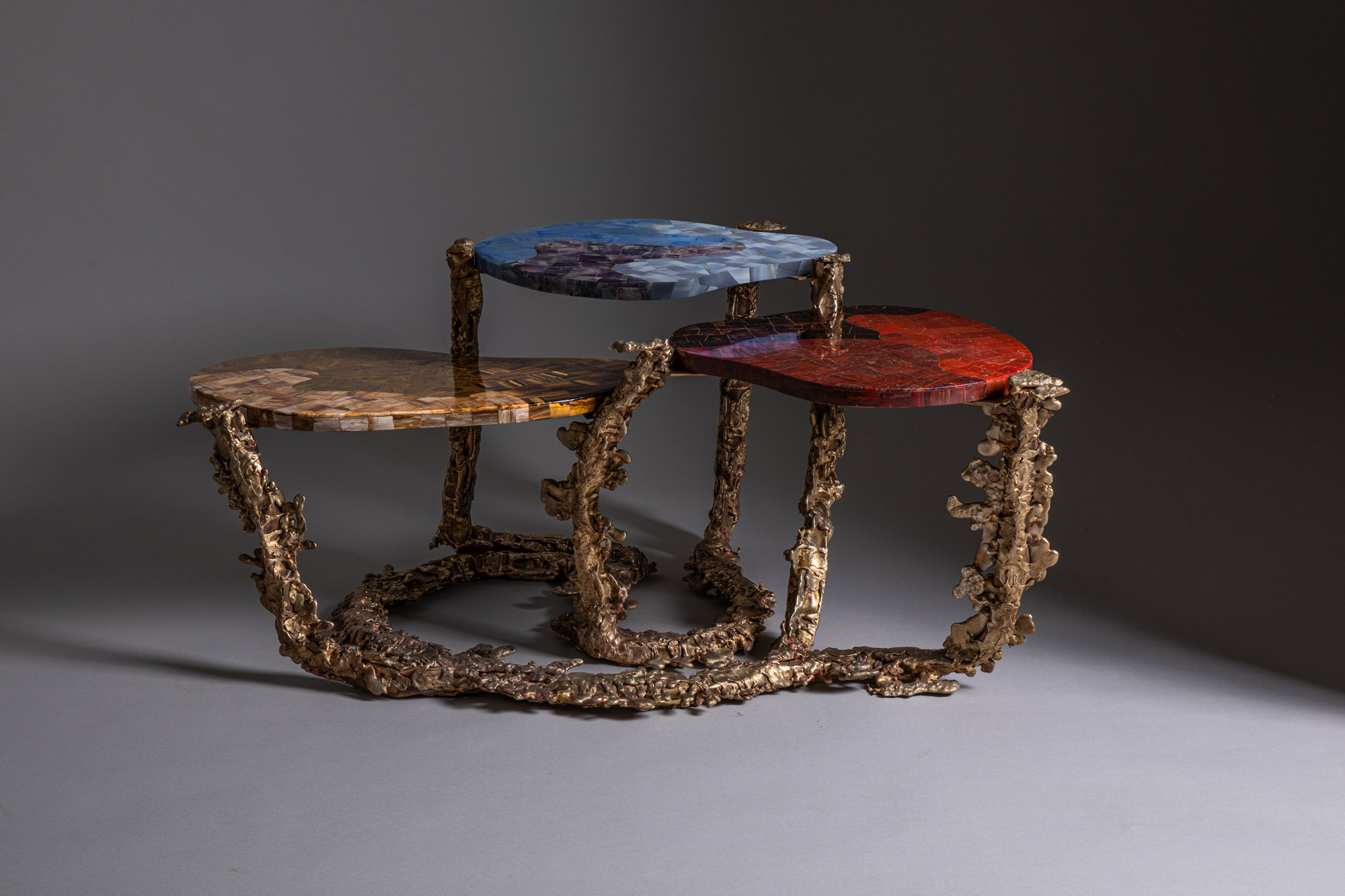 Inside the Shakti Design Residency, taking Indian craftsmanship to Alcova 2025
Inside the Shakti Design Residency, taking Indian craftsmanship to Alcova 2025The new initiative pairs emerging talents with some of India’s most prestigious ateliers, resulting in intricately crafted designs, as seen at Alcova 2025 in Milan
By Henrietta Thompson
-
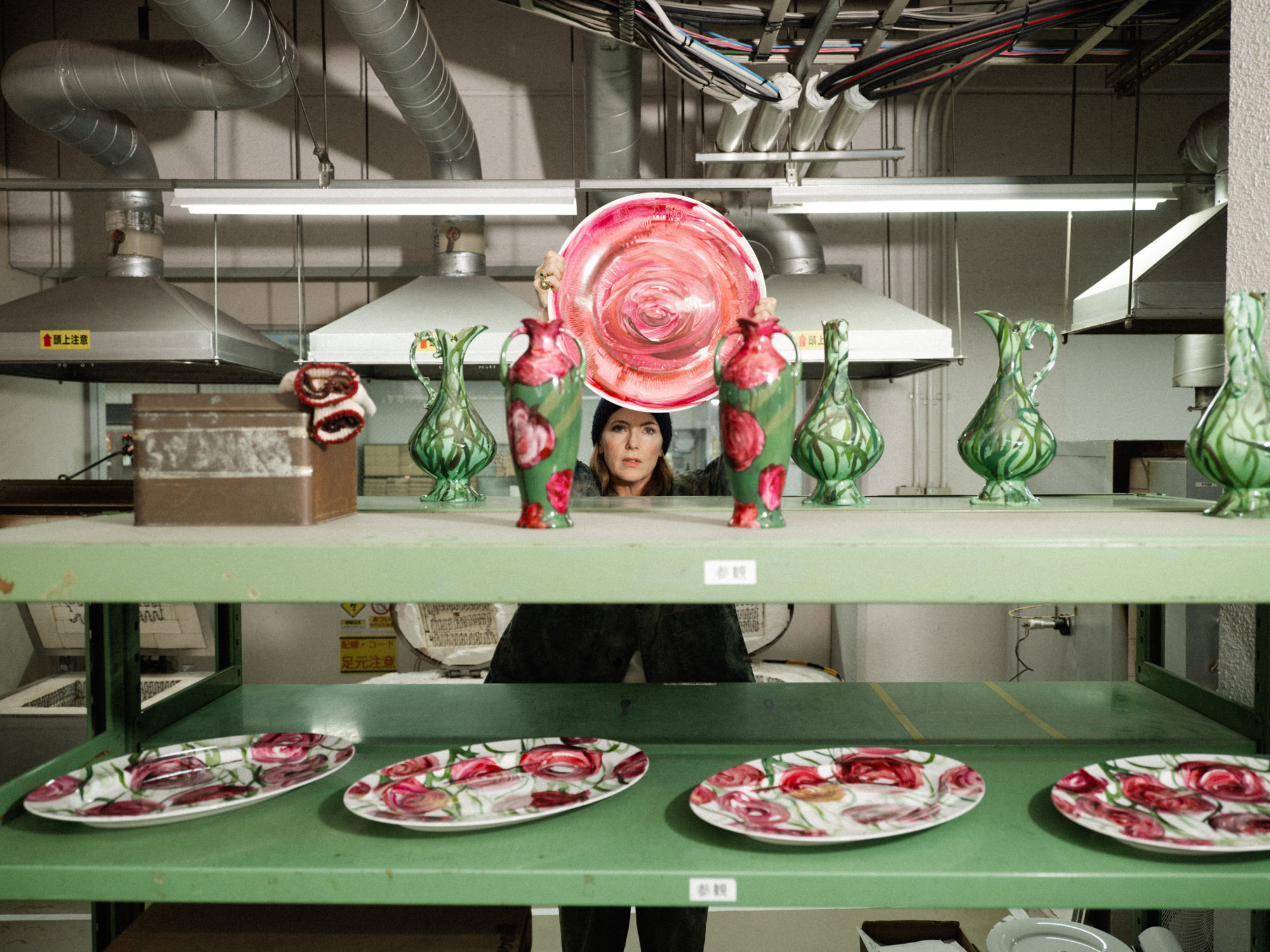 Faye Toogood comes up roses at Milan Design Week 2025
Faye Toogood comes up roses at Milan Design Week 2025Japanese ceramics specialist Noritake’s design collection blossoms with a bold floral series by Faye Toogood
By Danielle Demetriou
-
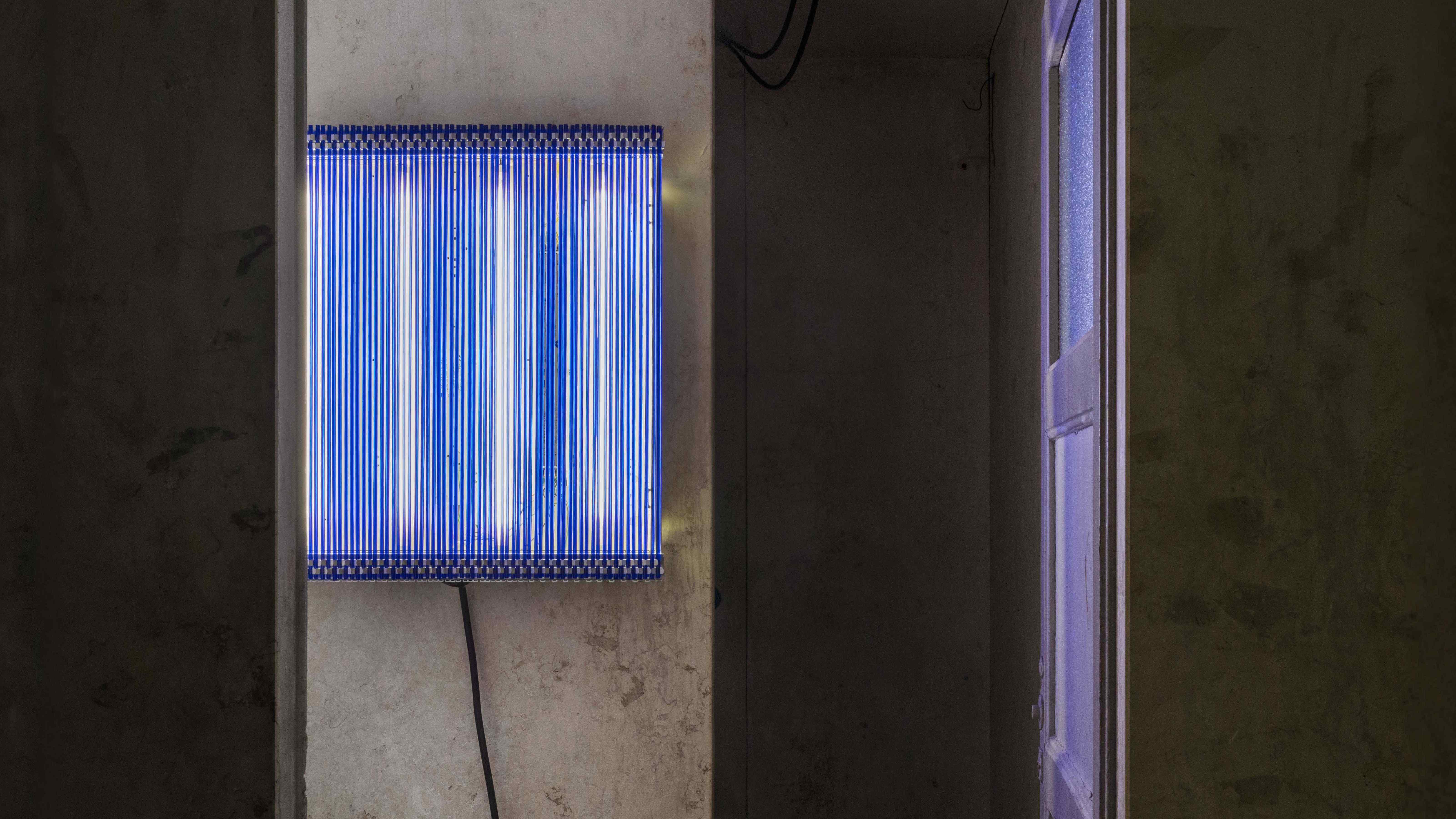 6:AM create a spellbinding Murano glass showcase in Milan’s abandoned public shower stalls
6:AM create a spellbinding Murano glass showcase in Milan’s abandoned public shower stallsWith its first solo exhibition, ‘Two-Fold Silence’, 6:AM unveils an enchanting Murano glass installation beneath Piscina Cozzi
By Ali Morris
-
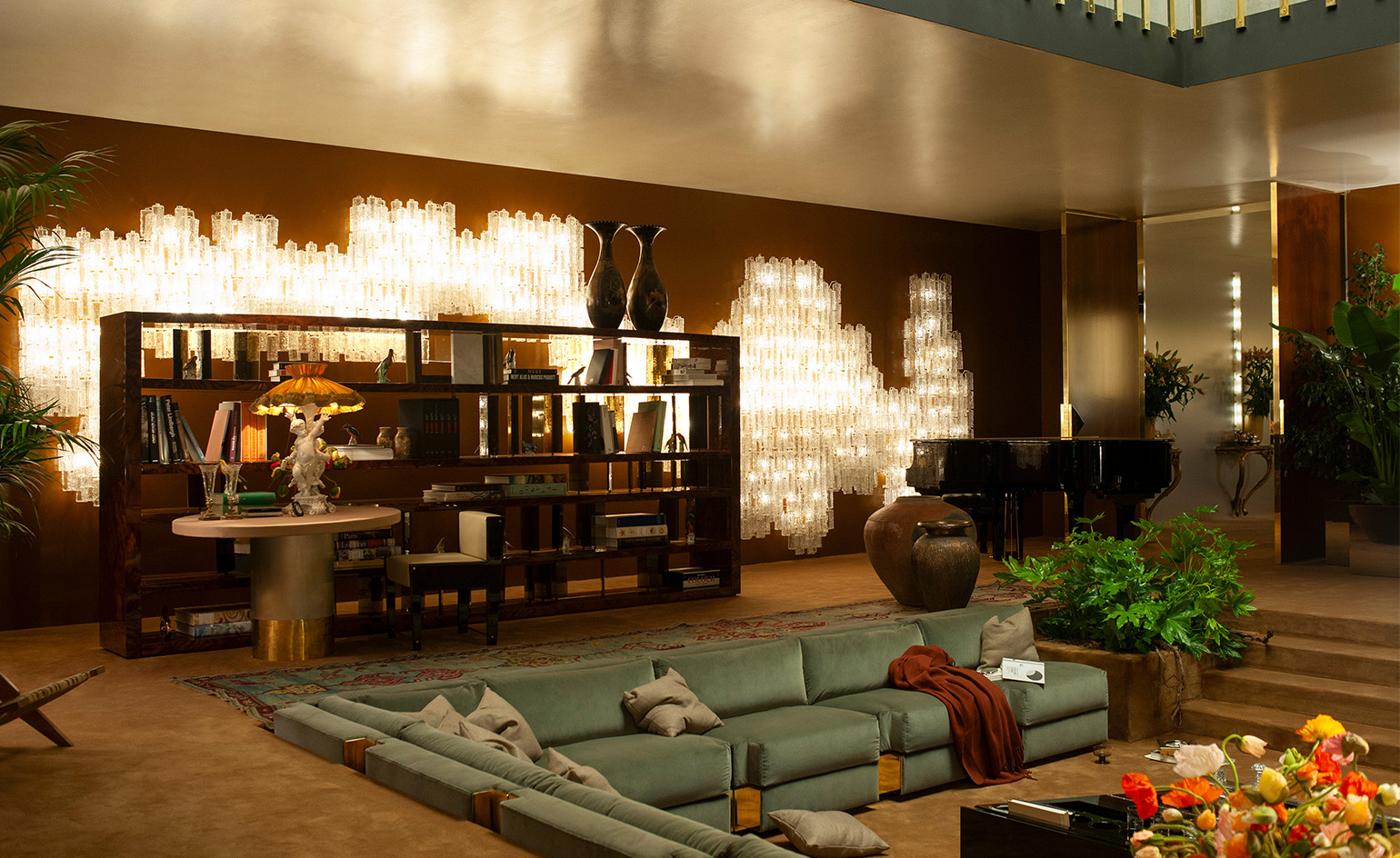 Dimoremilano and Loro Piana channel 1970s cinema in decadent Milan display
Dimoremilano and Loro Piana channel 1970s cinema in decadent Milan displayAt Milan Design Week 2025, Dimorestudio has directed and staged an immersive, film-inspired installation to present new furniture and decor for Loro Piana
By Dan Howarth
-
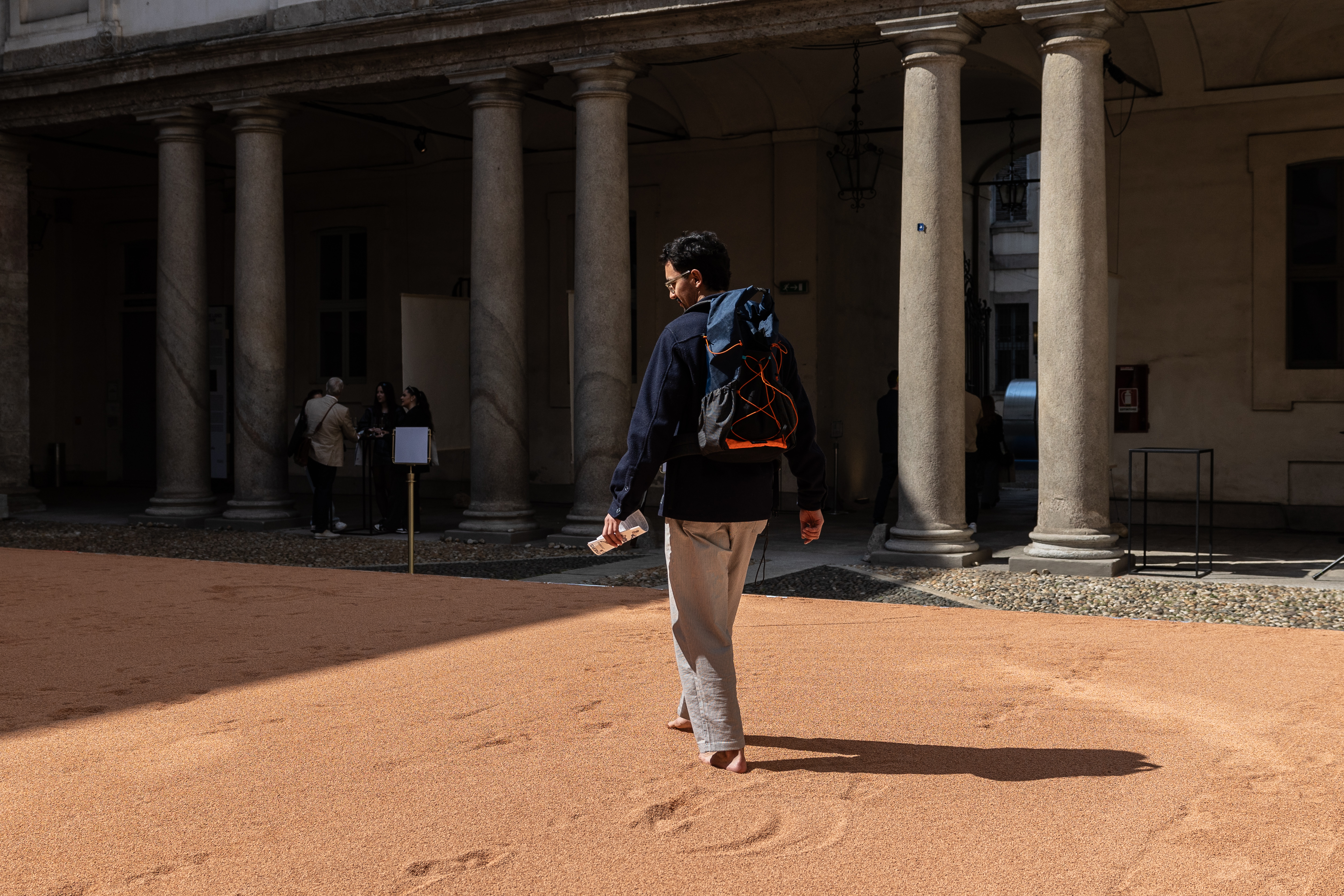 In Milan, MoscaPartners presents a poetic exploration of ‘migration’
In Milan, MoscaPartners presents a poetic exploration of ‘migration’Alongside immersive work by Byoung Cho, MoscaPartners’ Milan Design Week 2025 display features an accessible exhibition path designed for visually impaired visitors
By Cristina Kiran Piotti
-
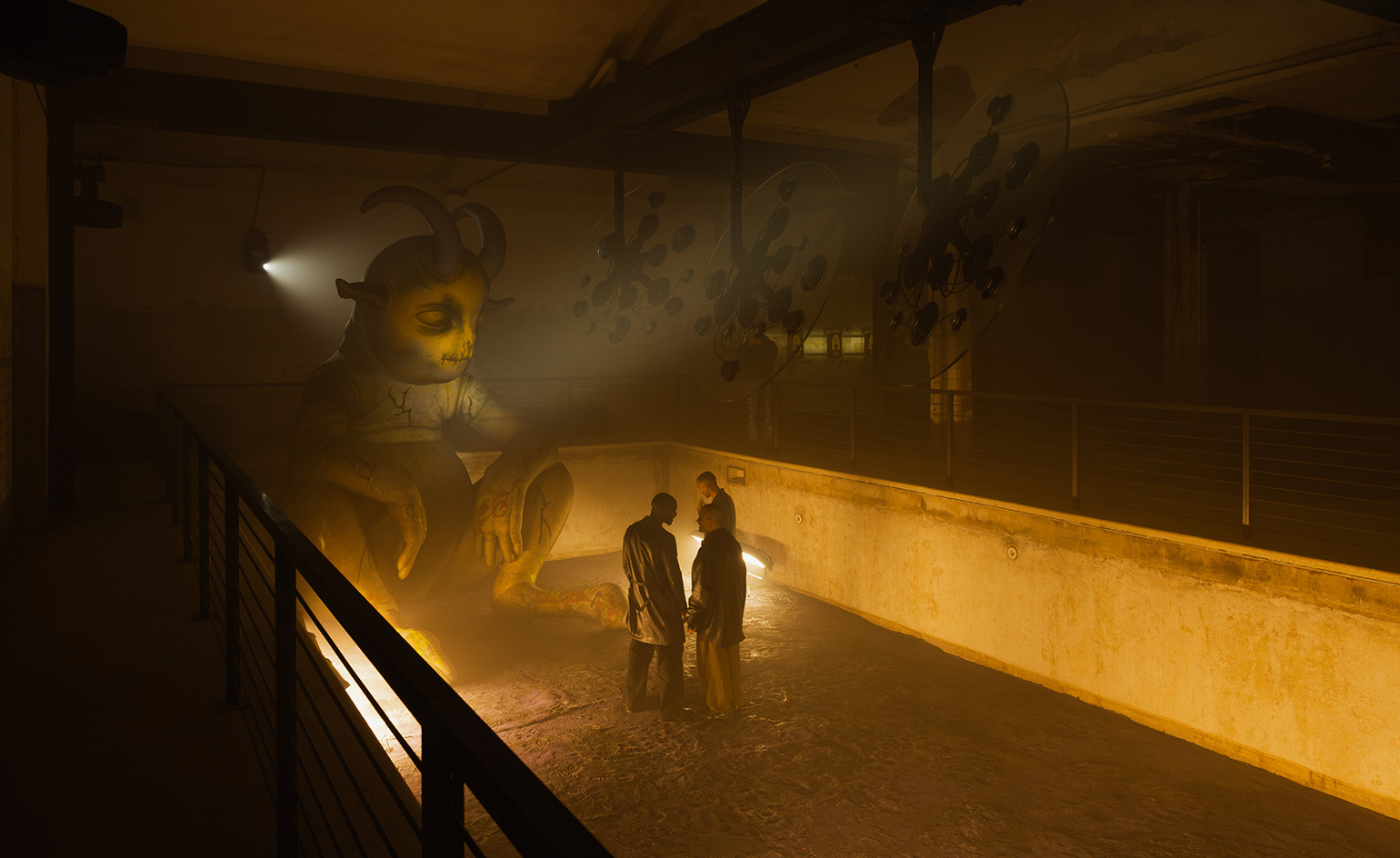 The making of PAN and Nike’s euphoric, club-inspired collaboration at Milan Design Week
The making of PAN and Nike’s euphoric, club-inspired collaboration at Milan Design WeekAlongside a new Air Max 180 release, ‘The Suspended Hour’ display sees Berlin record label PAN imagine the unfolding of a club night, from dusk until dawn
By Craig McLean
-
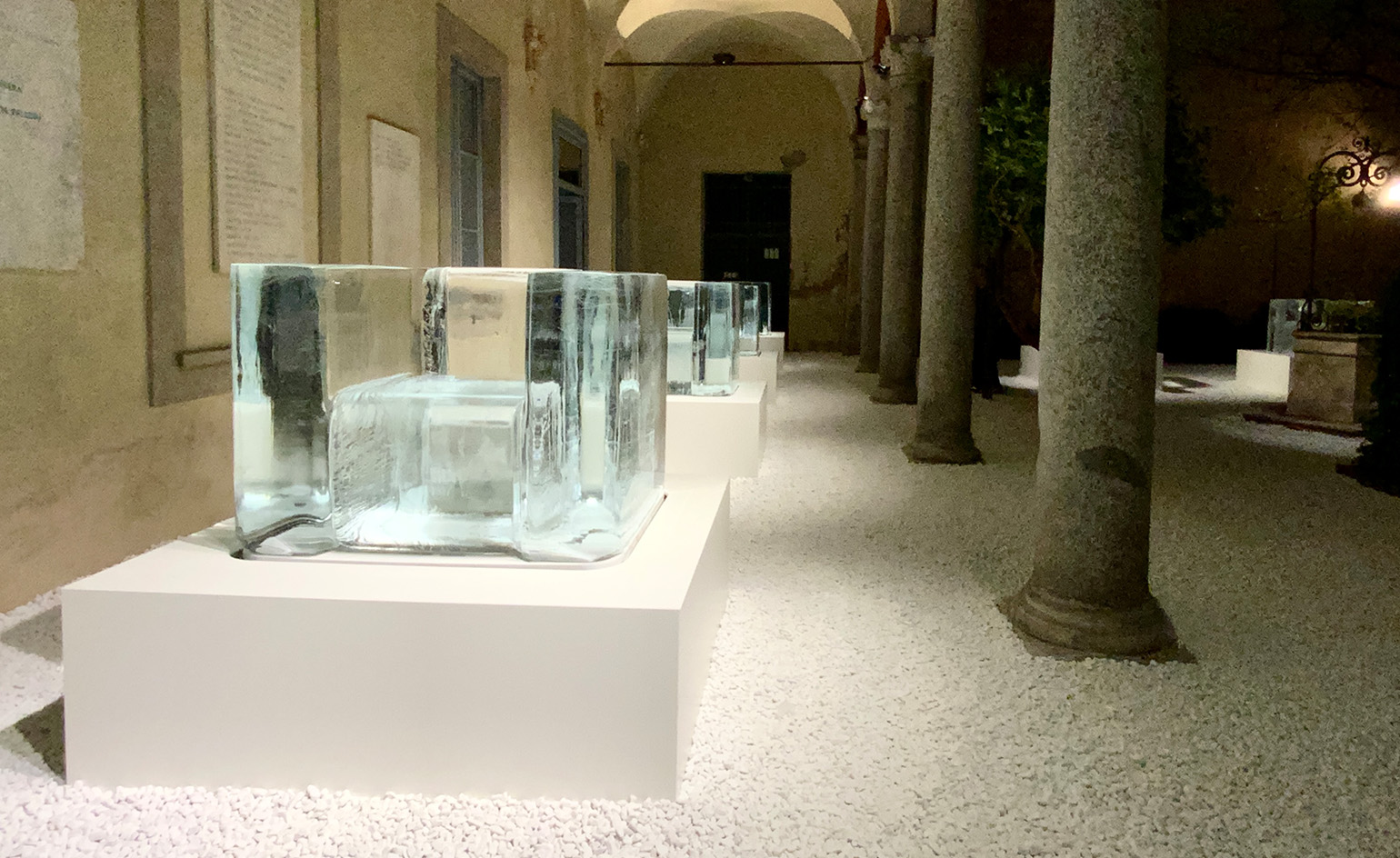 Tokujin Yoshioka’s ephemeral ice furniture is made to melt in Milan
Tokujin Yoshioka’s ephemeral ice furniture is made to melt in MilanTransparent chairs of frozen water slowly disappear during Milan Design Week 2025, in an expression of light by Japanese artist Tokujin Yoshioka
By Danielle Demetriou
-
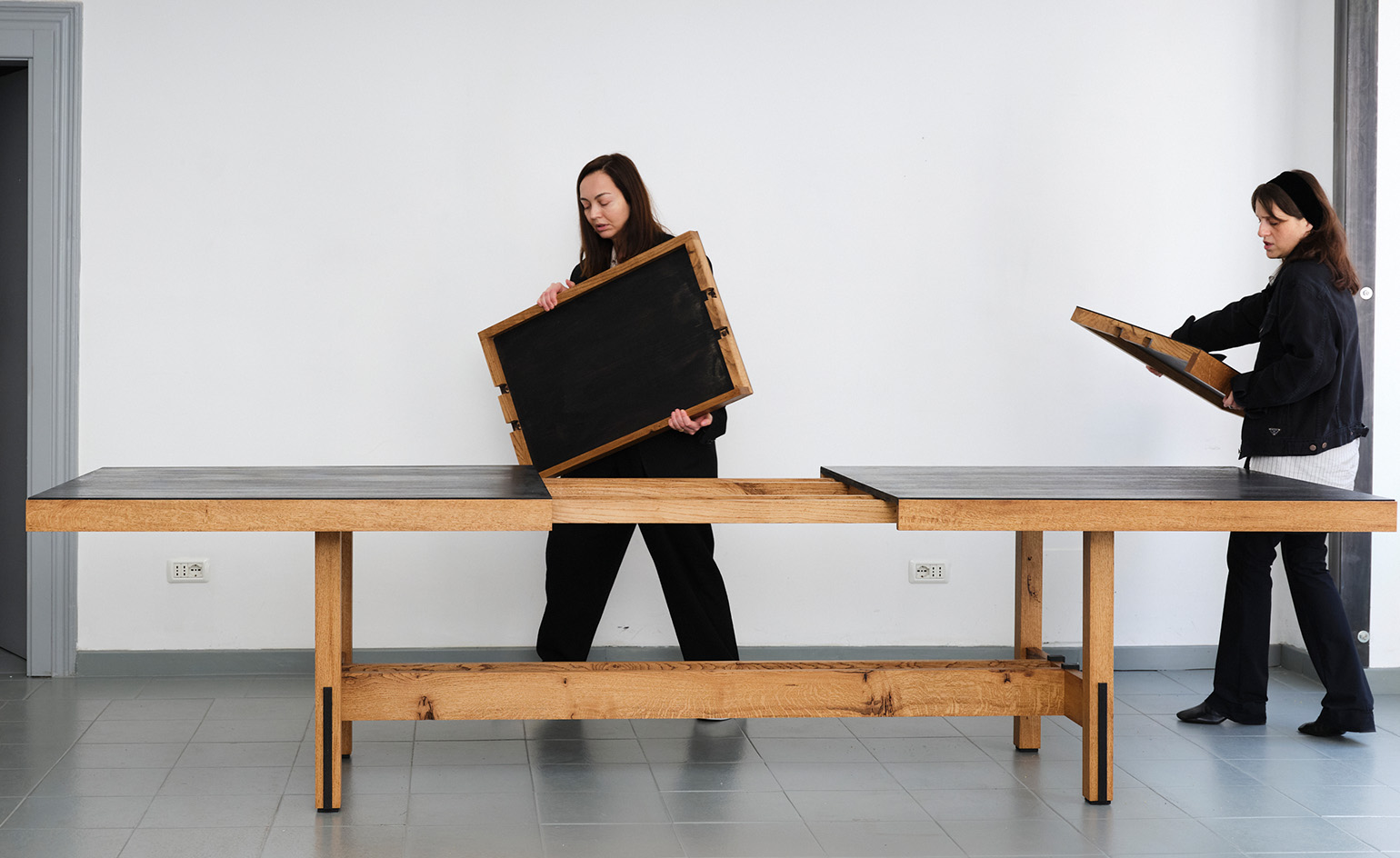 In Milan, Rooms Studio examines Georgia’s shifting social landscape
In Milan, Rooms Studio examines Georgia’s shifting social landscapeExpandable tables that reference recent government protests and lamps held together with ‘chewing gum’ feature in the Tbilisi-based studio’s Milan Design Week 2025 installation
By Dan Howarth